
Japan has countless summer festivals, from the firework-filled evenings to the raucous bon-odori events. One unusual festival taking place in Asakusa, however, is the annual Samba Carnival. Turning the traditional streets of Tokyo’s busiest downtown district into a parade of colour and fun, the carnival combines the best of Brazil and Japan’s dancers.
What is the Asakusa Samba Carnival?
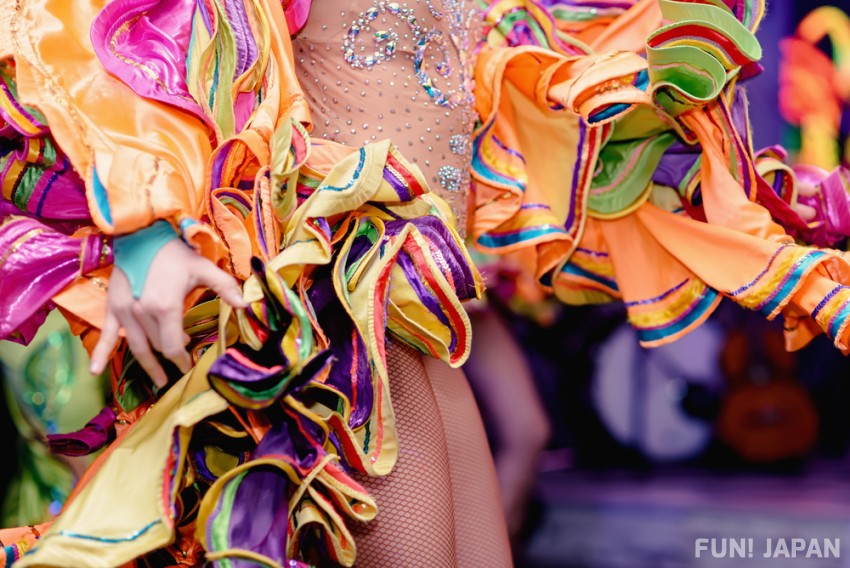
The Carnival is a storm of colour, that fills the streets of Asakusa with dancers, decorated floats and hand-pulled carts. While it’s great entertainment for those who come to watch, it’s a very serious competition for those taking part. There are three leagues: teams of expert Brazilian Samba Dancers, teams performing original dances and groups of South American percussion musicians. The Samba category is divided into two sections: S1 and S2, with only 20 teams allowed in total, heightening the competitive element. Teams prepare for the full year in advance, with a theme being chosen well in advance. A Rainha de Bateria (queen of the drums) is easily spotted in each troupe thanks to their sash while two flag bearers make sure the judges can identify the team.
The winners are chosen through a combination of professional dance judges, celebrities and online voting, using six categories. These are costume, enthusiasm, theme, performance, dance and overall evaluation. The judging is very similar to that of the Rio Carnival in Brazil, with specific elements required and a total of 360 points available.
When is the Asakusa Samba Carnival?

The Samba Carnival takes place on the last Saturday of August, beginning at 1pm and ending at 6pm. Keep in mind that this is the hottest part of the day during one of the hottest times of year, so you should take extra precautions to stay cool such as taking plenty of water, a parasol and wearing sunscreen. Due to the prevention measures related to Covid-19, the festival was canceled in 2020 and is expected to take place in 2021 instead, although this too could change.
The History of the Asakusa Samba Carnival

The Asakusa Samba festival was started back in 1981 and has been a major event in the capital’s calendar ever since. Looking to revitalise the area, the mayor at the time invited the winning team of the Rio Carnival to perform. The event has grown year on year, and today over half a million people fill the streets to watch the performances. The event has fostered strong connections between the Samba communities of Japan and Brazil, with many in both countries looking forward to it.
How to Watch the Asakusa Samba Carnival
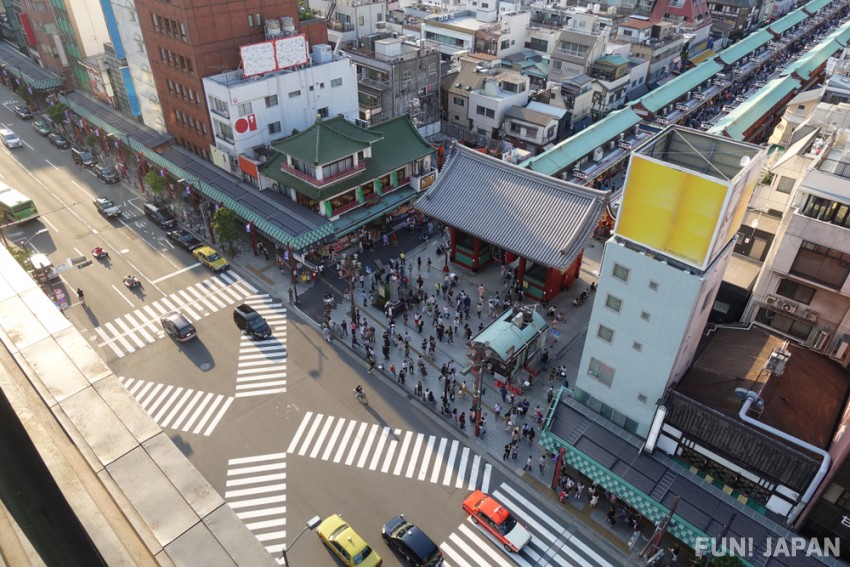
Over 500,000 people flock to Asakusa to watch the festival each year, and finding a good spot can be quite a challenge. The route starts from Sensoji’s Nitenmon Gate on the east side of the temple complex and travels south before turning onto Kaminarimon-dori. The judges are located at the start of the competition, suggesting this is the best place to see the performances. You can line up along the entire route, however, and getting a space close to the front means arriving early. There are seats available both at the start and towards the end of the route, with a sale held on the day. These seats cost around 6,000 yen and come with a special gift.
How to Get to the Asakusa Samba Carnival

As the festival is held close to Sensoji in Asakusa it is a very easy site to access. The closes train station is the main Asakusa Station, which is served by the Ginza Metro, Asakusa Metro, Tobu Sky Tree and Nikko Kinugawa lines. It is a 5-minute walk to the parade start at Nitenmon Gate from here, but the parade route actually passes directly past the station. This means it is exceptionally busy, so arriving early or from an alternative station may be a good idea. Tawaramachi is close to the endpoint of the parade and is served by the Ginza Metro Line.

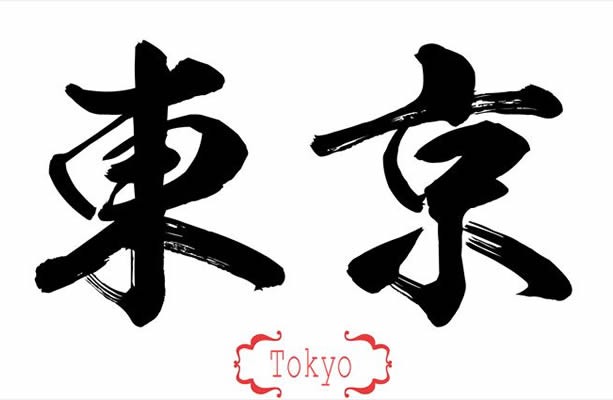
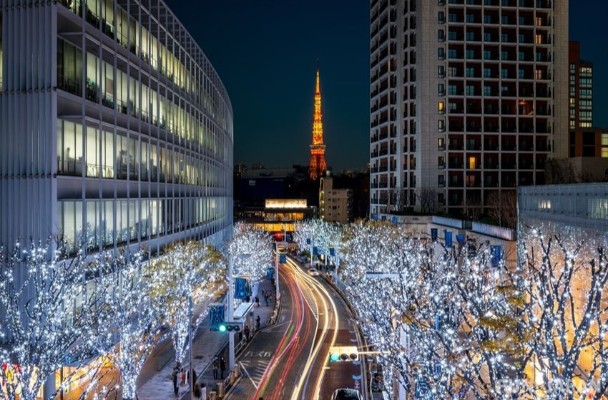
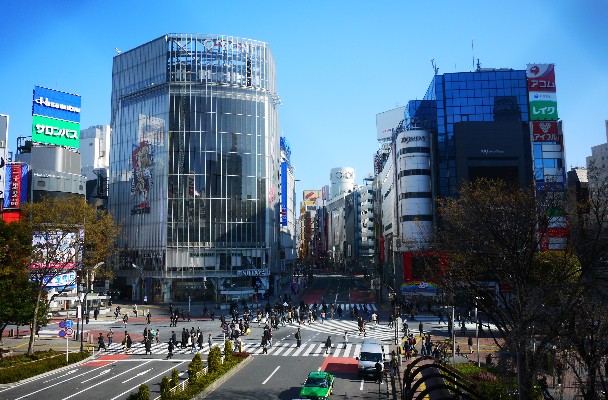
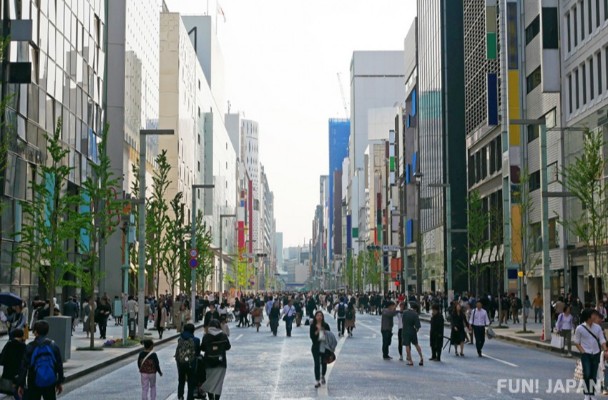


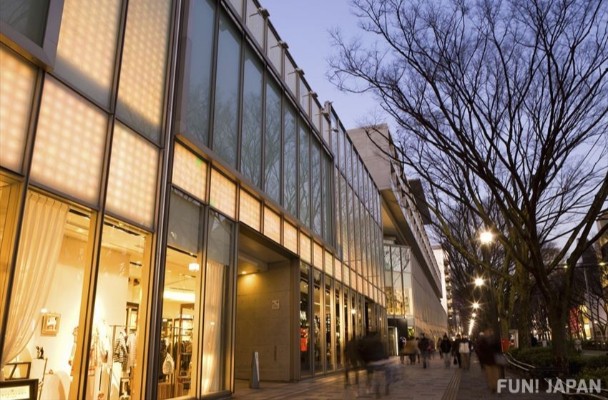
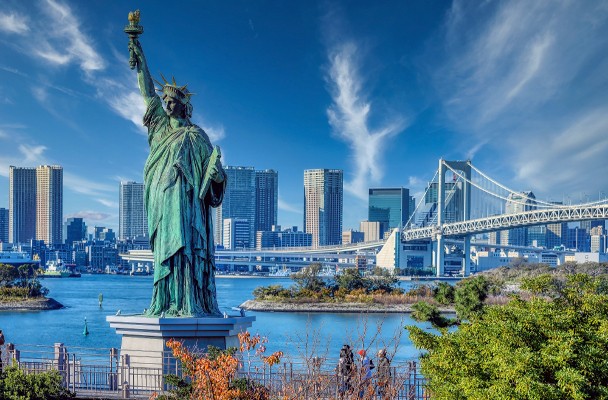
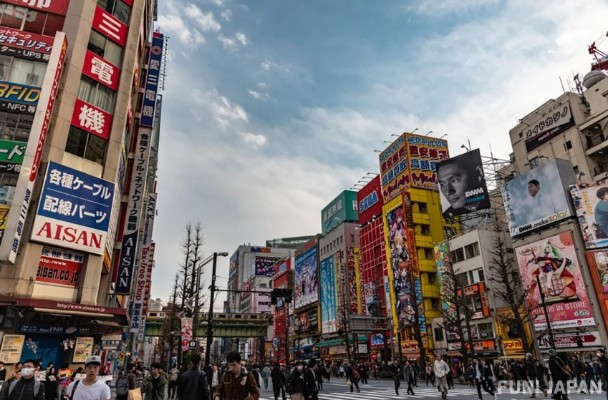

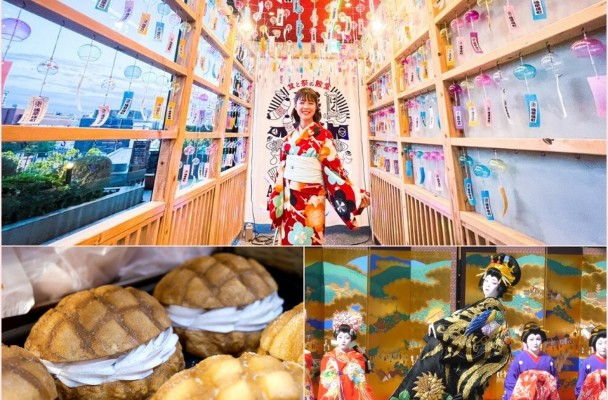
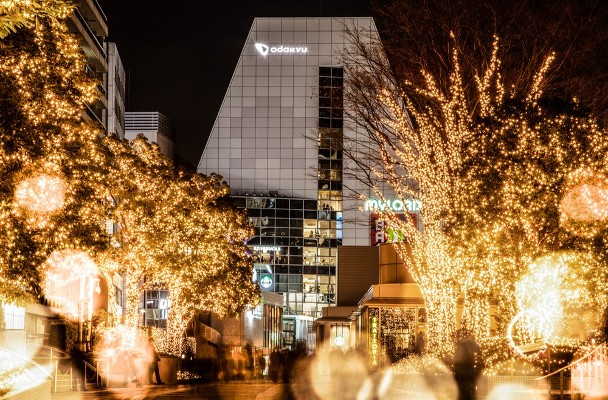
Comments